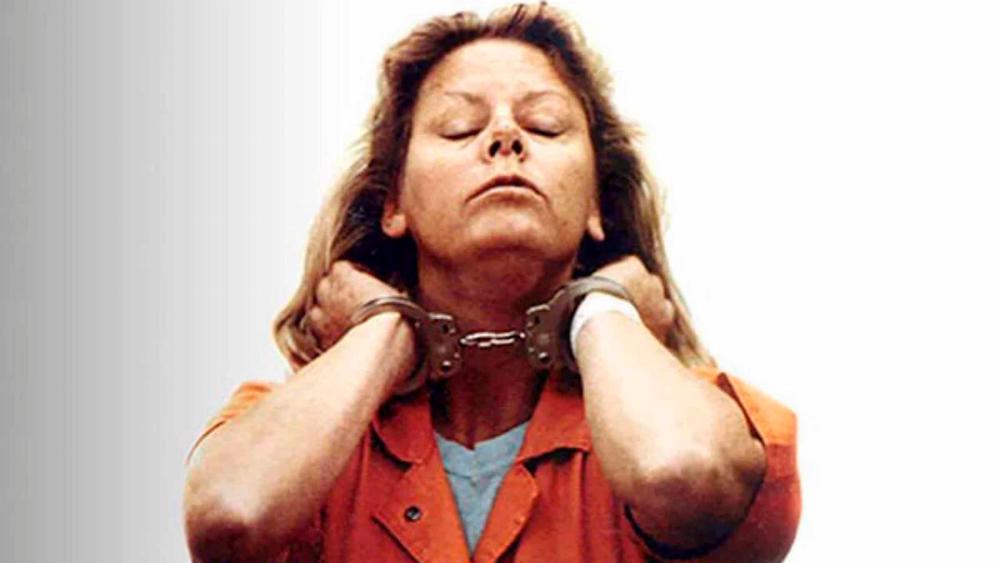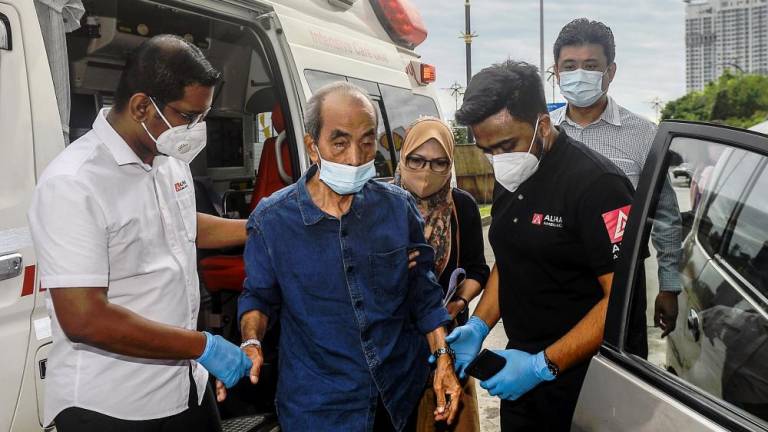IT was the role that landed Charlize Theron her first and only Academy Award, and one which finally made Hollywood sit up and take notice of her.
Up to that point, the statuesque, blonde South African beauty had always been typecast as the beautiful wife, girlfriend or femme fatale, her natural good looks seemingly keeping her away from truly challenging roles.
But all that changed in 2003, when she starred in Monster, a film adaptation of the life of serial killer and prostitute Aileen Wuornos, who murdered seven of her clients and who was executed by lethal injection the year before the movie’s release.
Much was made of the prosthetics and fake teeth which transformed Theron into the rough, hard-living Wuornos, but it was her sensitive, sometimes hard to watch portrayal of the unrepentant killer that led renowned film critic Roger Ebert to call it “one of the greatest performances in the history of the cinema”.
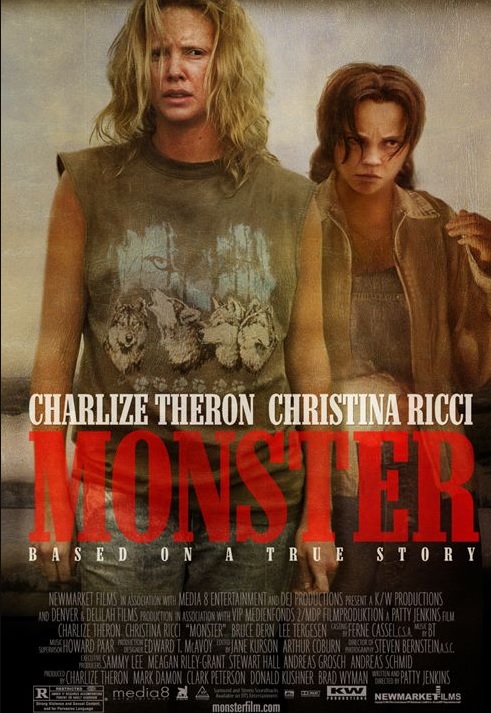
Monster is also marked the directorial debut of Patty Jenkins, who would go on to directed the highly-acclaimed Wonder Woman (2017) and its upcoming sequel Wonder Woman 1984.
In a way, Monster was ahead of its time, a female-led film project that preceded the era of #MeToo, and touched upon issues of sexual abuse and misogyny.
However, the film was also heavily criticised for portraying an idealised version of Wuornos, while being yet another example of how both she and her story were exploited by others for their own gain.
So who was Aileen Wuornos, really? Was she a victim of circumstance forced to kill in order to survive, or was she – as the film’s title suggests – really a monster?
The bad beginning
Wuornos was born Aileen Pittman on Feb 29, 1956, in the US state of Michigan, just two months after her father walked out on her mother Diane Wuornos. Diane was left to raise her newborn daughter and her toddler son Keith, only 11 months old, by herself.
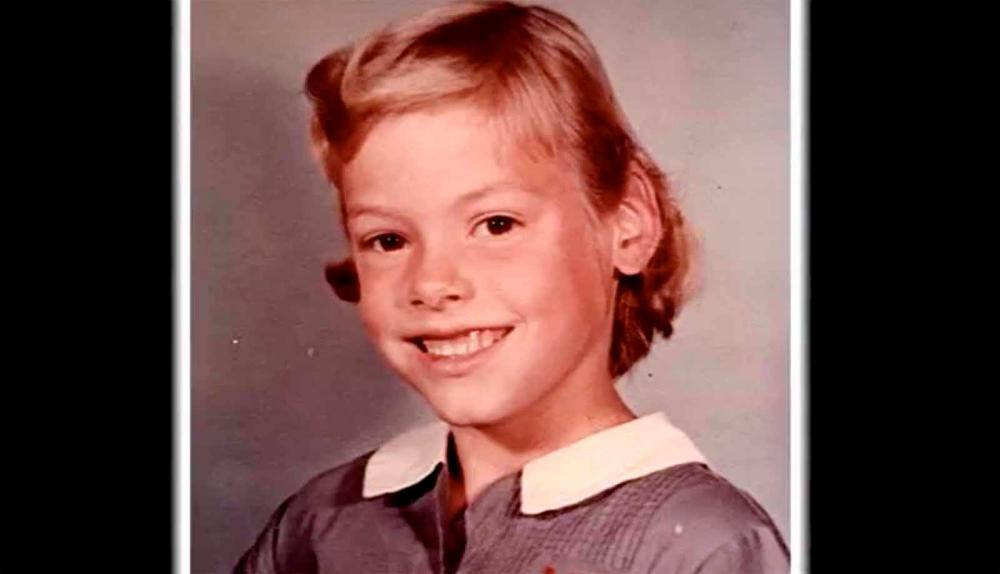
Four years later, Diane abandoned her children, and the two of them were left in the care of their maternal grandparents, Lauri and Britta Wuornos. The older couple eventually adopted Wuornos and her brother, but turned out to be alcoholics, who often beat the children.
Wuornos was also sexually abused by her grandfather, and by the time she was 11 years old, she had begun to prostitute herself to her classmates for money, drugs and food. She even engaged in sexual activities with her brother.
When she was 14, she became pregnant by a family friend, and gave up the baby for adoption. Within a year, she had dropped out of school, had been kicked out of her home, and was prostituting herself around town.
The rest of her teenage years saw her travel from state to state, supporting herself through prostitution and petty crimes. In 1976, 20-year-old Wuornos ended up in Florida, where she somehow got married to a rich 69-year-old yacht club president, a whirlwind romance that ended just weeks later when he ended up taking out a restraining order against her after she beat him with his own cane.
That same year, her brother Keith died, leaving her about US$10,000, which she promptly spent on alcohol, drugs and a new car that she later wrecked.
Her life continued to spiral downwards for the next decade, as she drifted around Florida, continuing to prostitute herself, and getting arrested several times for assault and armed robbery. She even spent a year in jail at one point.
Wuornos seemed destined to become just another nameless, faceless piece of white trash, who would end up dying in a gutter from drugs or alcohol, or alone in a prison cell.
The killings begin
By 1986, Wuornos was living in Daytona Beach when she met a hotel maid named Tyria Moore. Moore was represented in Monster by the character Selby Ward, played by Christina Ricci.
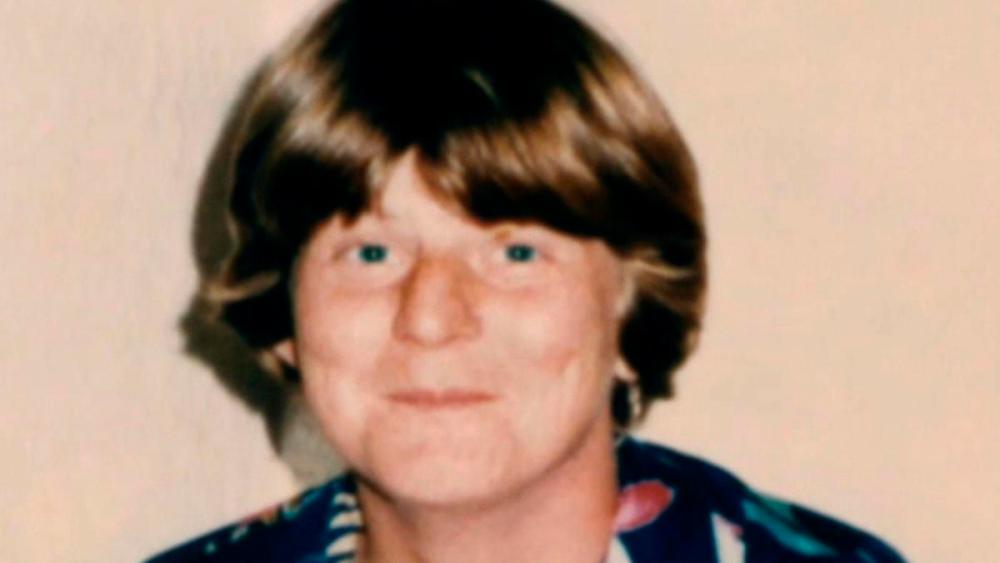
The two began a relationship, with Moore seemingly unperturbed by Wuornos’ job as a prostitute.
However, despite finally finding some stability in her life, something was brewing in Wuornos, an uncontrollable darkness that would explode in a fury on Nov 30, 1989.
That night, Wuornos committed her first murder, killing a 51-year-old client named Richard Mallory. His body was discovered two days later, shot twice in the chest. She would later claim that he had raped and beaten her, causing her to snap and shoot him with a gun she carried to protect herself.
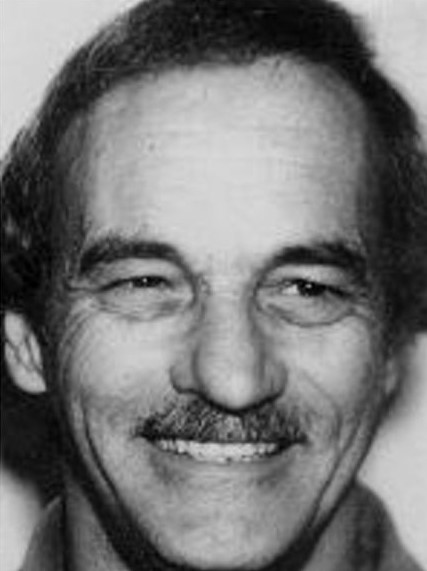
This killing seemed to open up the floodgates within Wuornos, and over the next year, she would go on to shoot and kill six more clients whom she would later claim tried to assault her.
It was her fourth victim, 65-year-old Peter Siems, who would eventually set the cops on her trail. She had murdered him sometime in June 1990 – his body was never found – and had stolen his car, driving around in it with Moore by her side.
They got in an accident on July 4, 1990 and were forced to abandon the car. Police searched it and eventually matched her fingerprints to those collected during her first three murders, and put out a search warrant for the two women.
Wuornos and Moore went on the run, managing to avoid the police for the next six months. During that time, she continued to prostitute herself, and managed to kill three more men, robbing them after they were dead.
In January 1991, police finally caught up with both women, and convinced Moore to testify against Wuornos in exchange for immunity.
To this day, it has never been conclusively proven whether Moore knew that Wuornos had been killing her clients, or if she merely thought that Wuornos had been stealing from them.
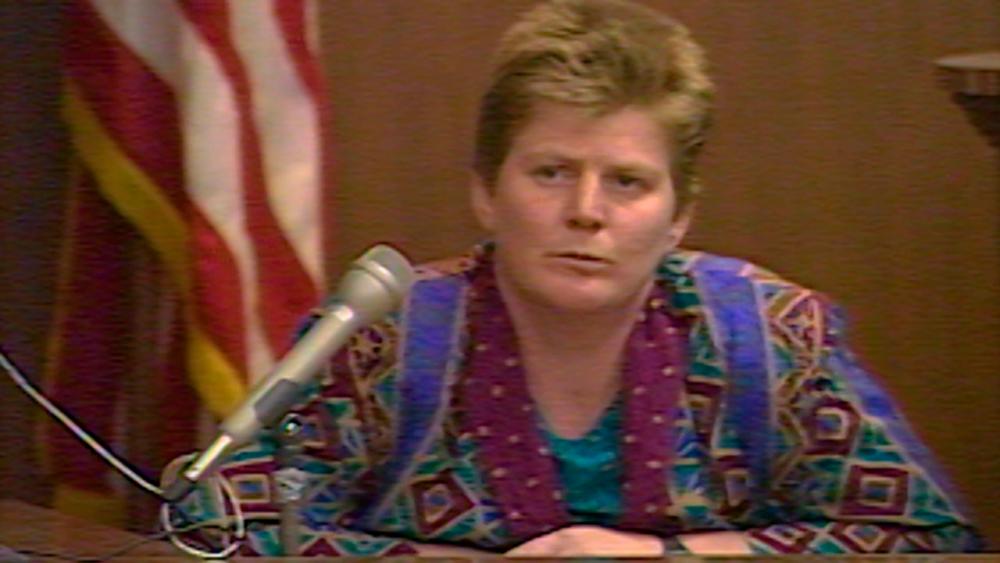
Lies and betrayal
In the months leading up to her trial for the murder of her first victim, Mallory, Wuornos told investigators that all seven men had tried to rape her and that she killed them in self-defense. She was convicted of Mallory’s murder in January 1992, and sentenced to death.
She later changed her story several times, and eventually admitted that she killed her victims after deciding to rob them, and wanted to leave no witnesses. Psychiatrists hired by her defense attorneys would testify that she suffered from borderline personality disorder and was mentally unstable.
Wuornos spent a decade on death row, and during that time, both the media and the public were fascinated by her case, as she was a rare example of a female serial killer. A 1992 low-budget TV movie was even made about her life, and there were numerous news articles written about her.
Aftermath
The year after her conviction, Wuornos was the subject of a documentary by filmmaker Nick Broomfield, titled Aileen Wuornos: The Selling of a Serial Killer.
The film shone a light on Wuornos’ twisted personality, exploring her tragic backstory and pointing out how the justice system seemed more interested in ensuring that she would get the death penalty instead of considering her disturbed mental state.
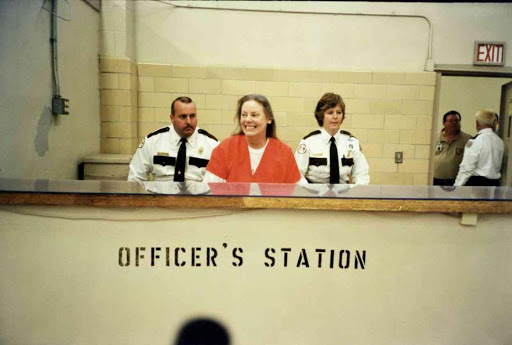
Broomfield would film a second documentary titled Aileen: Life and Death of a Serial Killer, following an increasingly unhinged Wuornos through a failed last-minute trial to vacate her death sentence, and interviewing her up to the day before her execution on Oct 9, 2002.
Throughout the documentaries, Wuornos seemed to be both terrifying and pitiful, justifying her crimes as her way of fighting back against men who had abused her all her life. She alternated between accepting her fate, to claiming that she was being unjustly victimised.
Unlike Theron’s portrayal of her in Monster, the real Wuornos was far more complicated, a true monster created by a life of repeated abuse and exploitation. During one of her final interviews with Broomfield, she exclaimed: “A raped woman got executed, and was used for books and movies and s**t!”
Despite the clearly heinous nature of her crimes, one can’t help but feel that perhaps all of it could have been prevented if Wuornos had gotten some help at some point in her life.



